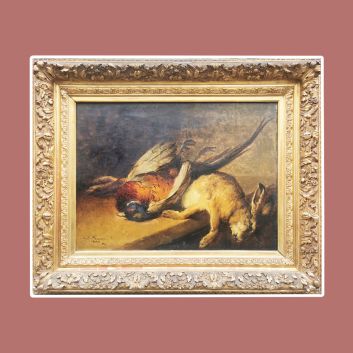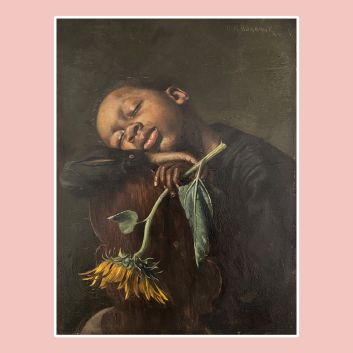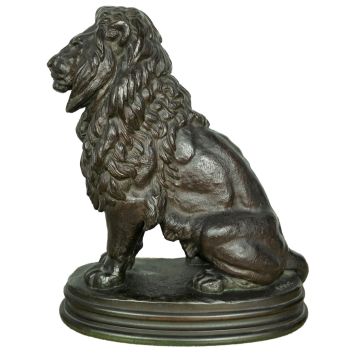Rating and value of works, sculptures by Jules Aimé Dalou
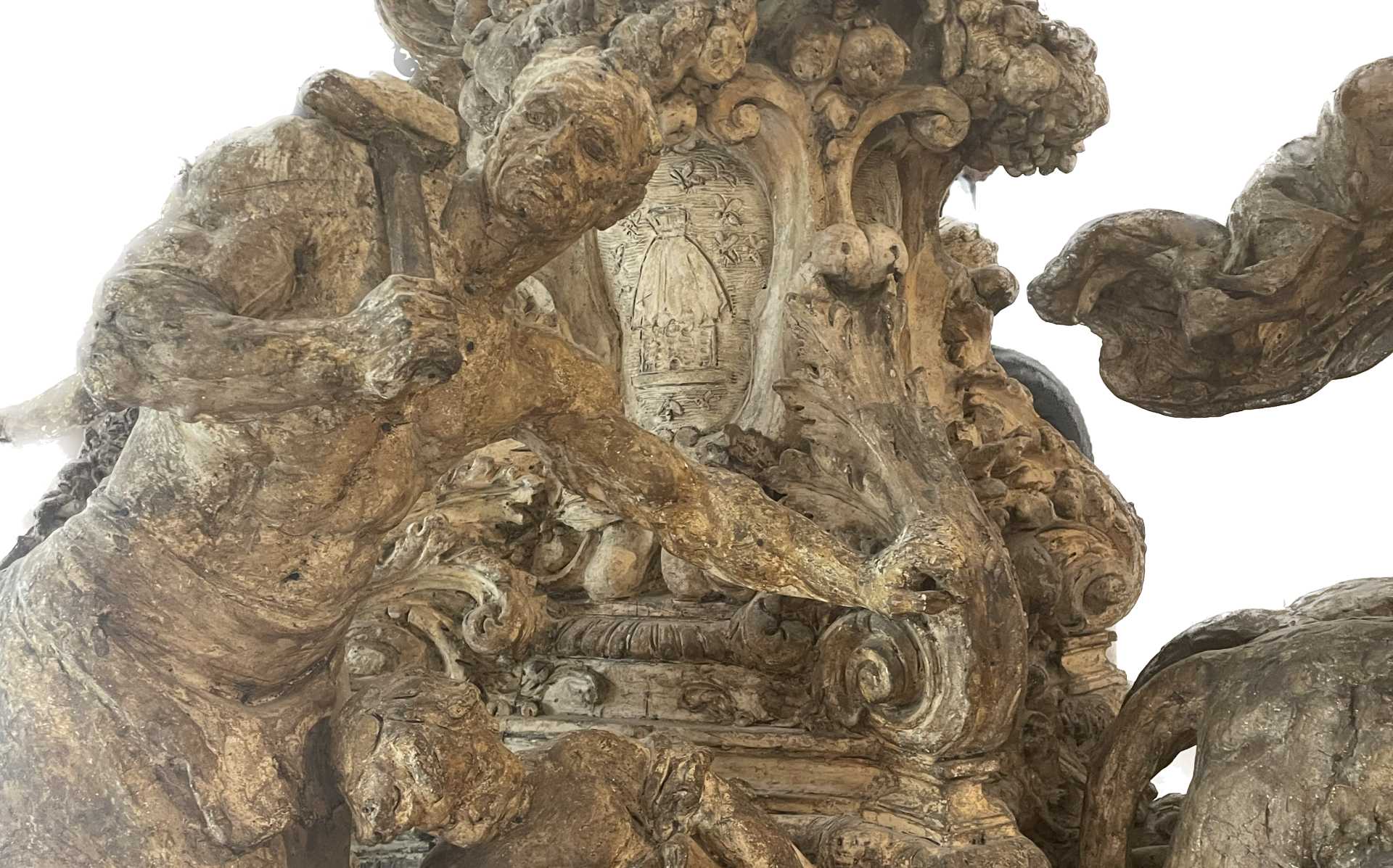
If you own a work by or about the artist Jules Aimé Dalou, and would like to know its value, our state-approved experts and auctioneers can offer you their expertise.
Our specialists will carry out a free appraisal of your work, and provide you with a precise estimate of its current market value.
Then, if you want to sell your work, we'll point you in the right direction to get the best possible price for it.
Rating and value of the artist Jules Aimé Dalou
Dalou est un artiste issu du groupe des réalistes. Son héritage se compose de sculptures dans plusieurs matériaux et de dessins. A présent, les prix de ses œuvres explosent au marteau des commissaires-priseurs.
His sculptures are particularly prized by French and English buyers, and the prices at which they sell on the art market range from €10 to €130,470, a considerable delta but one that speaks volumes about the value that can be attributed to Dalou's works.
In 2019, a marble bust, Baigneuse surprise, sold for €45,000, whereas its estimate was between €40,000 and €60,000. The artist's value is high and varies according to the quantity of works on the auction market.
Order of value from a simple work to the most prestigious
Technique used | Results |
|---|---|
Drawing - watercolor | From €230 to €800 |
Bronze sculpture | From €10 to €119,825 |
Bronze bas-relief | From €120 to €10,000 |
Marble sculpture | From €1,300 to €130,470 |
Response in less than 24h
Style and technique of the artist Jules Aimé Dalou
Jules Aimé Dalou is a realist artist whose work is distinguished by meticulous attention to detail and a deep sensitivity to the human condition.
His sculptures, imbued with a striking naturalism, often capture everyday scenes, where he sublimates the simplicity of ordinary life. Some of his works are also part of the neo-baroque movement, reflecting a mastery of movement and dramatic intensity that give his compositions a palpable energy.
He works mainly with bronze and marble, materials he handles with virtuosity to create volumes full of life and dynamism.
Influenced by Jean-Baptiste Carpeauxhe shares the latter's strong expressiveness and love of expressive modeling, while developing his own style, imbued with tenderness and humanity.
His sculptures, whether monumental or more intimate, reveal a deep knowledge of anatomy and a keen sense of composition.
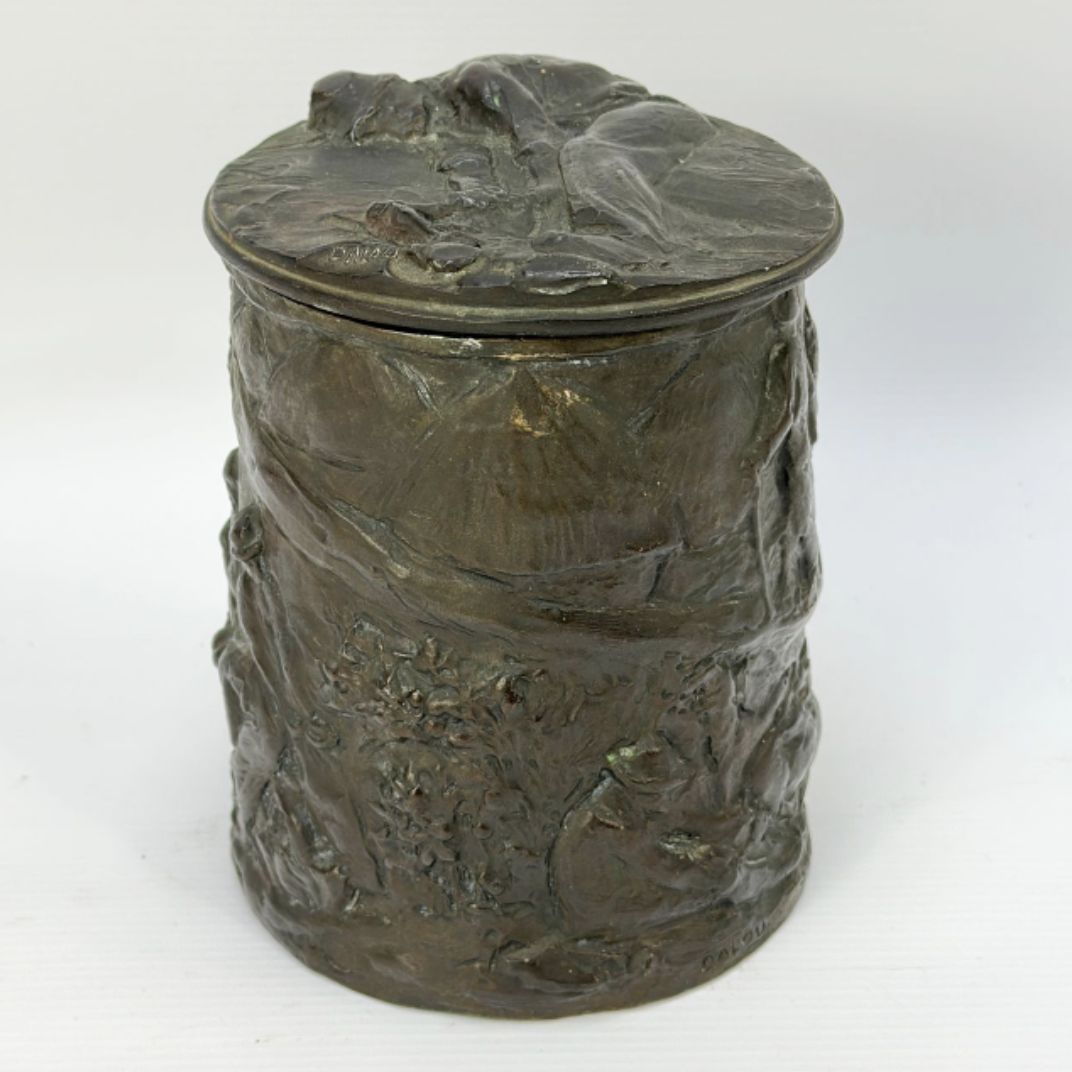
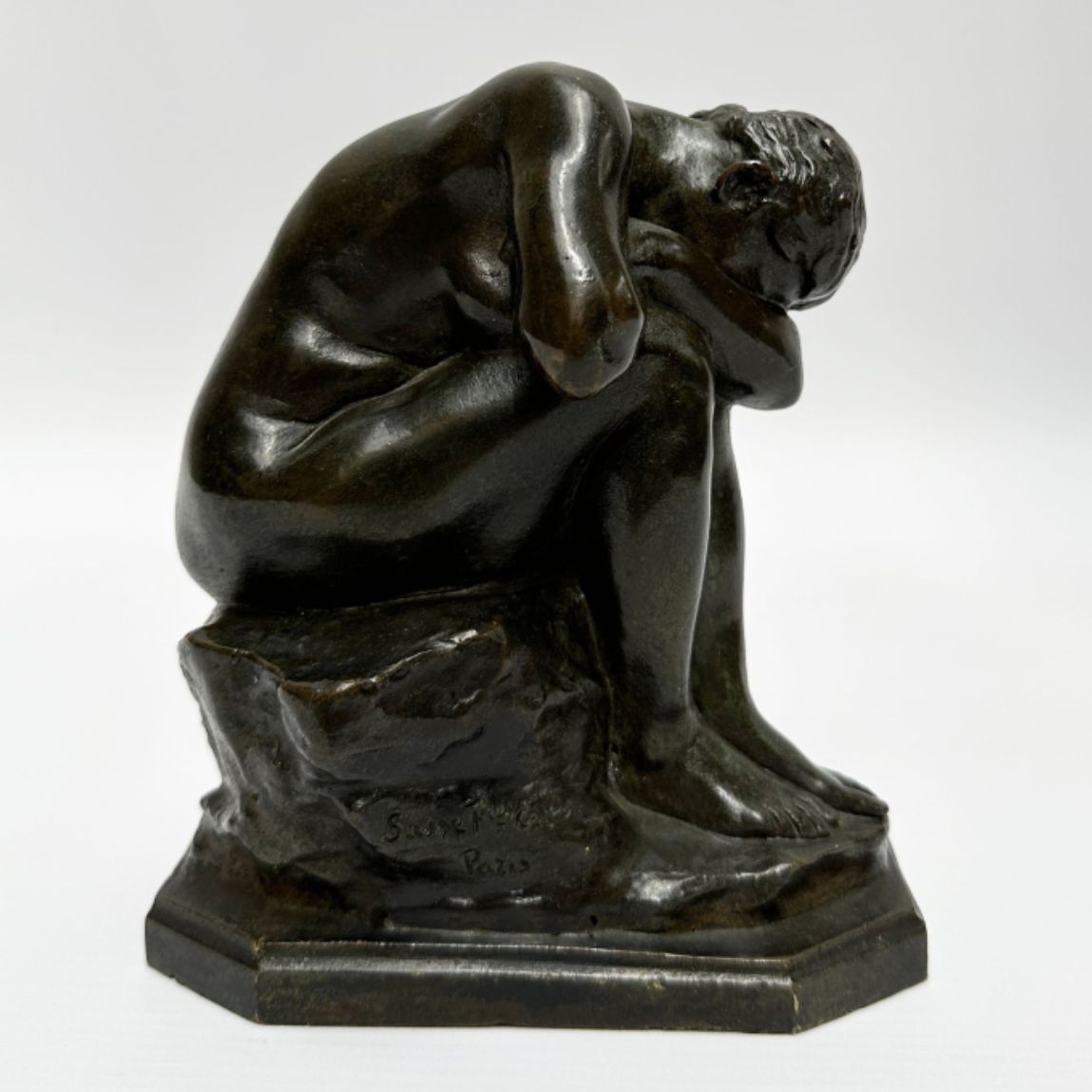
The life of Jules Aimé Dalou
Jules Aimé Dalou (1838-1902) was a 19th-century French sculptor and artist, renowned for his works marked by deep political and social commitment.
Born in Paris into a Protestant family, his secular upbringing forged an ardent republicanism. His talent for drawing attracted the attention of Jean-Baptiste Carpeaux at an early age, who introduced him to the Petite École, which later became the École supérieure des Arts Décoratifs.
In 1854, he entered the École des Beaux-Arts, where he studied both painting and sculpture, quickly developing a predilection for the latter.
To support himself, Dalou worked with ornamentalists, where he met Auguste Rodinwith whom he became close friends. He contributed to the decoration of numerous buildings, demonstrating great skill in the art of goldsmithing, particularly in the service of the Ferrière brothers.
Although his attempts to win the prestigious Prix de Rome failed four times, he remained undeterred. His works exhibited at the Salon were acquired by the State, testifying to the growing recognition of his talent.
A staunch Republican, Dalou was actively involved in the Franco-Prussian War, and was appointed provisional administrator of the Louvre by Gustave Courbet. Gustave Courbetto preserve the museum's treasures from vandalism.
After the defeat, he joined the Communards and was forced into exile in London after Bloody Week.
During his exile, he taught and continued to sculpt, influencing the British art scene. His return to France marked the beginning of a fruitful period, during which he devoted twenty years to the realization of his major work, Le Triomphe de la République, an imposing monument which today adorns the Place de la Nation in Paris.
Jules Aimé Dalou died of a heart condition in 1902, leaving behind an artistic legacy deeply rooted in the ideals of social justice and republican devotion, which continues to fascinate and inspire.
Dalou's legacy
Jules Aimé Dalou leaves behind an artistic legacy marked by his mastery of the human form and his ability to express intense emotions through sculpture.
His works, whose anatomical precision and expressiveness are remarkable, continue to be admired for their dynamism and emotional power, and he is today considered one of the most important sculptors of 19th-century France.
The creation of monumental works for the French state, such as Le Triomphe de la République, marked his career, inscribing his art in the national heritage and reinforcing his central role in the public sculpture of his time.
Private collectors play an important role in preserving his work, given the breadth and diversity of his output, which is not limited to official commissions.
Many of his sculptures, whether bas-reliefs, portraits or more intimate compositions, have found their way into private collections, testifying to the enduring appeal of his art.
However, some of his major works are now exhibited in museums, giving his talent public exposure and confirming his place in the history of French sculpture.
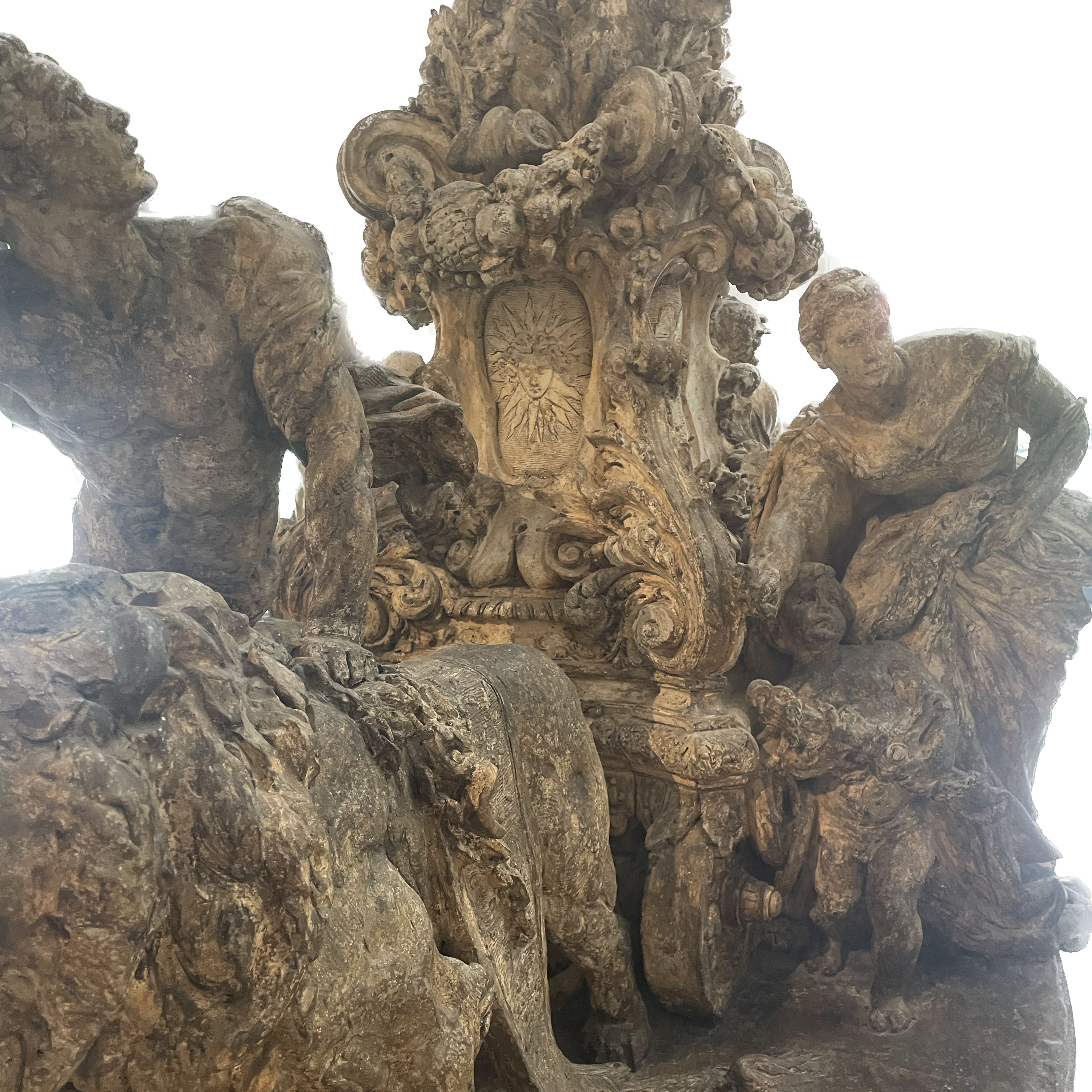

Focus on La vérité méconnue ou le miroir brisé by Jules Aimé Dalou
La vérité méconnue ou le miroir brisé is a significant work by Jules Aimé Dalou, illustrating his ability to fuse technique and emotion within a sculpture, and quite representative of his approach and artistic vein.
This bronze work features a female figure withdrawn into herself, a choice that expresses both vulnerability and introspection. As in many of Dalou's sculptures, the work is characterized by a strong sense of melancholy, the central theme of his work.
The silhouette of the woman, seated on a rough plinth, is sculpted with remarkable precision. Every curve of the body is carefully worked, revealing an indisputable mastery of human anatomy.
The forms, though realistic, seem to carry an emotional charge, bringing the figure almost to life. Dalou succeeds in creating a dialogue between body and space, where the figure's withdrawal suggests a rich inner world, but also a palpable despair.
The title of the work, La vérité méconnue ou le miroir brisé (The Unrecognized Truth or the Broken Mirror), evokes universal themes that were relatively recurrent in the art history of Jules Aimé Dalou's period, the 19th century being marked by major social changes.
The woman's position, with her head buried in her arms, symbolizes a refusal or inability to face up to a disturbing reality. This gesture of withdrawal evokes an inner struggle against a truth that, though indispensable, is difficult to accept.
In this way, Dalou invites us to reflect on our own relationship with the truth, and how it can elude us.
The aspect of the broken mirror is also central to the interpretation of this sculpture. It suggests that truth, though essential, can be painful and destabilizing. By protecting herself, the woman gives up a clear vision of herself and the world around her.
It's a reminder that confronting our inner truths can be an unsettling experience, often marked by denial or flight. Through this work, Dalou bears witness to the fragility of the human spirit in the face of reality.
The base on which the figure rests plays a symbolic role in the work. It is both solid and rough, reinforcing the idea of an implacable reality that sustains the weight of existence.
This contrast between the softness of the human form and the hardness of the stone suggests a tension between the beauty of life and the hardness of the truths it conceals.
This duality is at the heart of Dalou's work, and in this sculpture he explores the complexity of human emotions.
Overall, The Unrecognized Truth or the Broken Mirror is a work that goes beyond mere physical representation to explore profound psychological themes.
Dalou's realistic, expressive style evokes a multitude of emotions, making this sculpture a true mirror of humanity's inner struggles.
This work testifies to the enduring appeal of his art and its ability to touch the viewer, inviting personal reflection on human truth and vulnerability. In this sense, Dalou asserts himself as an essential sculptor, whose work continues to inspire and resonate in our understanding of the human condition.
Recognizing Dalou's signature
Artists do not always sign their works. If you think you own one, it's best to have it appraised. The signature may differ depending on the type of work: sculpture, drawing or painting. There are also copies, which is why an appraisal is important.
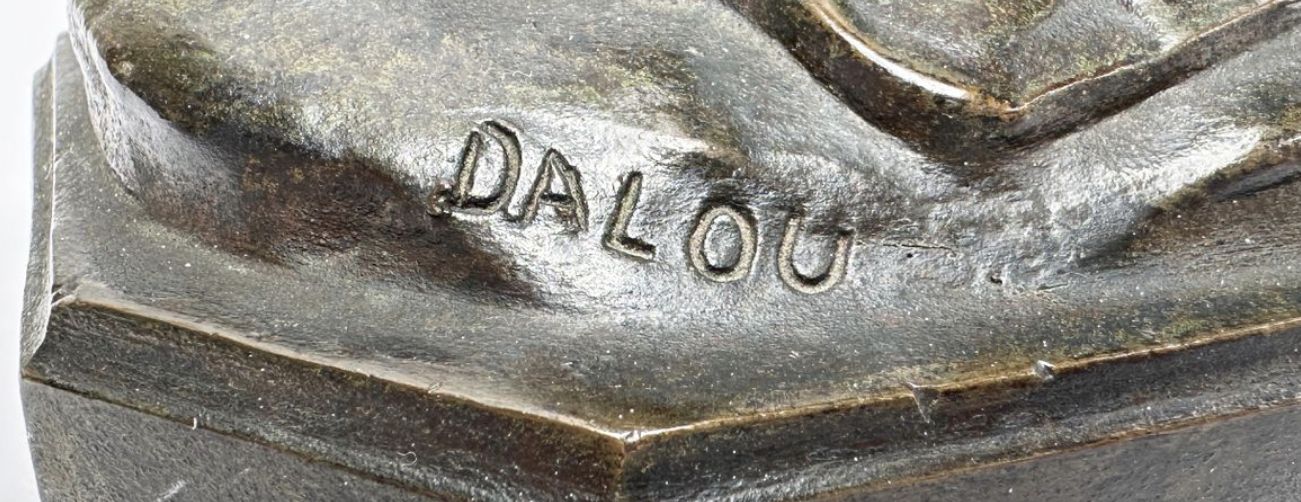
Knowing the value of a work
If you happen to own a work by or after Jules-Aimé Dalou, don't hesitate to request a free appraisal using the form on our website.
A member of our team of experts and certified auctioneers will contact you promptly to provide you with an estimate of the market value of your work, as well as any relevant information about it.
If you're thinking of selling your work of art, our specialists will also be on hand to help you find alternatives for selling it at the best possible price, taking market trends into account.
Response in less than 24h
Related topics
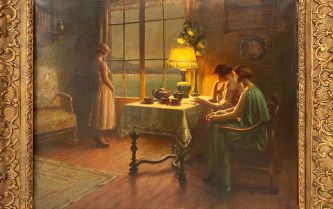
Value and quotation of works, paintings by Delphin Enjorlas
Delphin Enjorlas, an academic painter of the 20th century, produced a work that is little-known but valuable and stable. Estimated in 24h.
Read more >
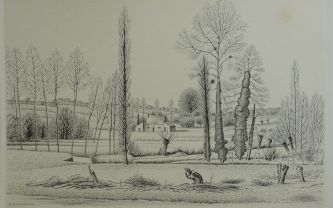
Rating and value of works, drawings, prints by Kiyoshi Has...
Kiyoshi Hasagewa, a 19th-century Japanese painter, draughtsman and illustrator, produced many works appreciated on the auction market.
Read more >

Cote et valeur des sculptures, marbres, bronzes de Joseph An...
Joseph Antoine Bernard est un sculpteur entre l'Art déco et le symbolisme qui a produit de nombreuses oeuvres dont la cote et la valeur sont élevées.
Read more >
Secure site, anonymity preserved
State-approved auctioneer and expert
Free, certified estimates


